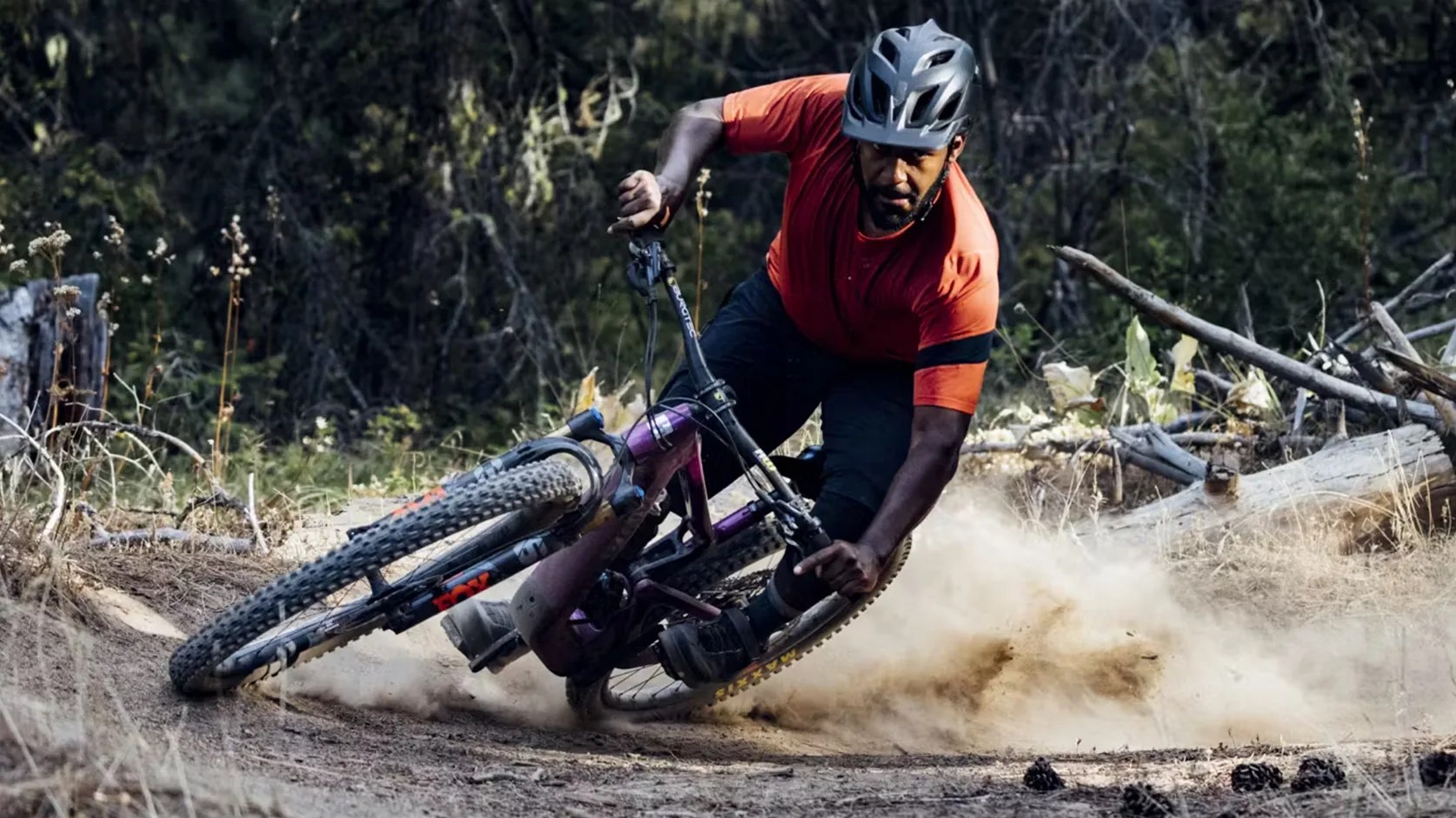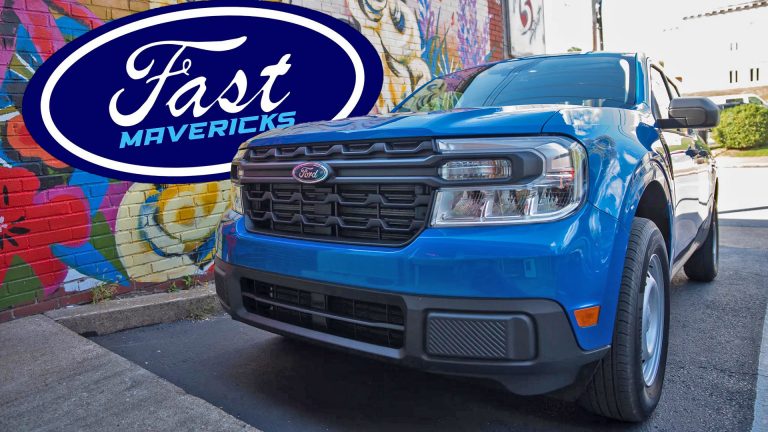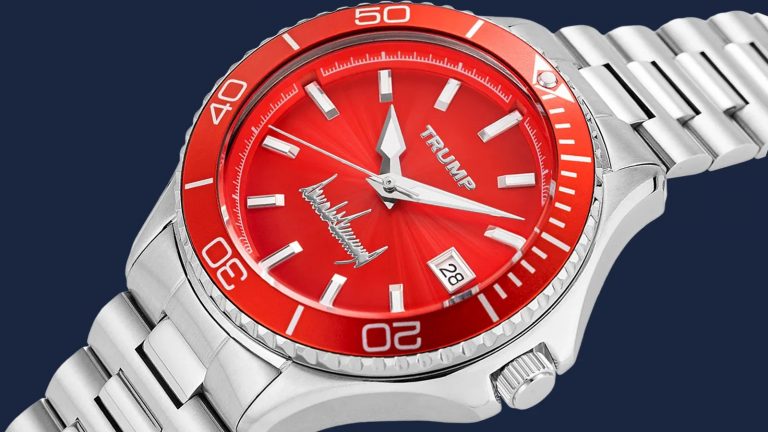Do Electric Mountain Bikes Belong on Trails?

The industry sees e-MTBs as a leveler, enabling people of disparate ages and abilities to ride together. The assist lures otherwise wary riders into a sport perceived as “too hard.” The biggest proponents of e-MTBs? Resorts. A pedal full of watts lets flatlanders level up quickly at altitude. No surprise — the e-MTB offers the potential for more summer visitors and an increased bottom line during the skiing off-season.
And e-bikes are the fastest growing sector in the bike market — an industry that was valued at over $800 million in 2017, and has a predicted 6% growth each year through at least 2025. With brands big and small getting in the game, a flood of e-bikes has hit the market, creating a whole new class of mountain bikers. You might think all these new riders would equate to more power through voices in trail advocacy and be welcomed with open arms by IMBA, which has labored to educate the public about mountain bikes and preserve trail space. The reality has been a more cautious, steadily evolving approach.
“As the new fastest user group on non-motorized trails, the addition of e-MTBs to an already crowded, shared-use trail landscape has caused the user conflicts we could all predict. While we all know conflicts stem from a few bad actors, these challenges have been the spark for a renewed approach to trail etiquette. Not just for e-MTBs, but for all trail users,” IMBA executive director David Wiens wrote in an op/ed for Bicycle Retailer last spring. “IMBA emphasizes responsible Class 1 e-MTB riding through our work with Trails are Common Ground, a movement we helped catalyze to improve the experience of all trail users. We united expertise from hiking, trail running, equestrian use, mountain biking, adaptive riding, and motorized use to form the Trails are Common Ground coalition.”
This statement represents a big step forward from a few years ago, when Wiens stated: “First and foremost, we advocate for access for traditional, non-motorized mountain bikes. IMBA does not advocate for access for e-MTBs.” And Trails are Common Ground is worth checking out, as it features a number of guides related covering the different classes of e-bikes and where you can ride them.
Where does the government stand? National parks, BLM and U.S. Fish and Wildlife Service generally permit e-bikes to go where other MTBs go, unless local administrators step in and issue additional specific advisories. The U.S. Forest Service rolled out new guidelines in 2022, allowing all e-bikes on motorized roads and trails, opening up 38% of all trails with more to come, potentially. But it’s often up to local jurisdictions. Pedaling in Delaware, an e-MTB is considered a bike. In Alabama? It’s a motorized bike. To say the least, riding an e-bike is … messy.
Source: www.gearpatrol.com






